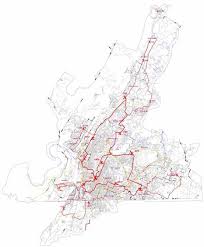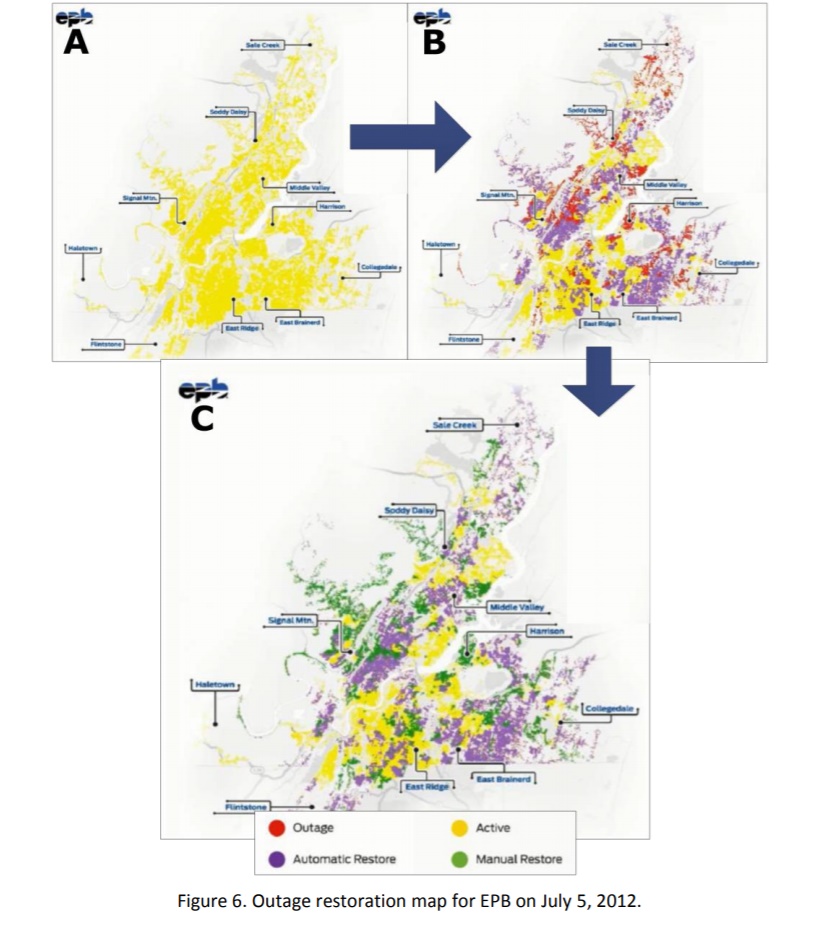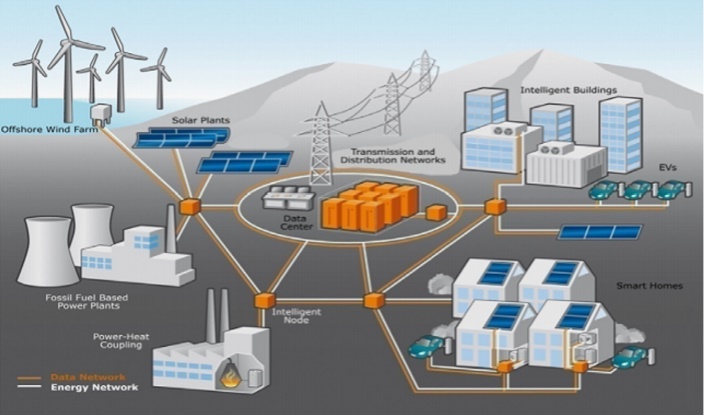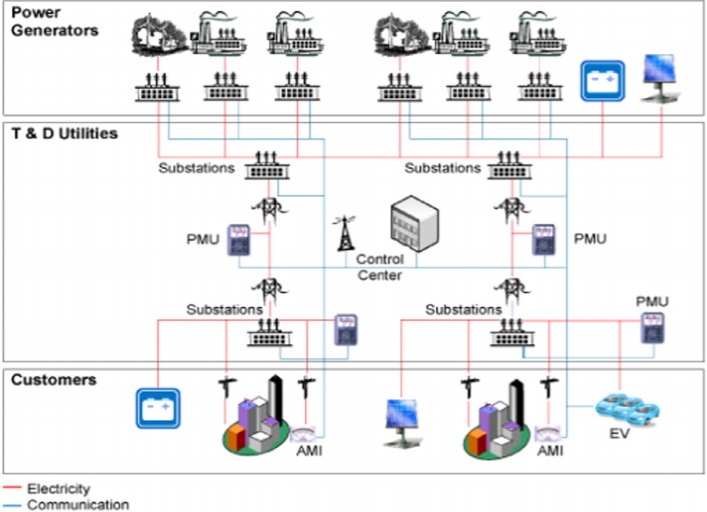Introduction
Considering the rapid growth of the modern technology-based society, the daily requirements of energy consumption are as well increasing. The enhanced need for energy is focused on complying with the increased human social and economic growth, as well as health and well-being. According to Owusu & Asumadu-Sarkodie (2016), the societal systems demand the power supply, as generative processes, to satisfy core human requirements, including “health, lighting, cooking, space comfort, mobility and communication” (p. 3). The dramatic climate change became one of the major concerns of twenty-first-century society.
Its severe effects can be prevented by involving the efforts that aim at transforming current supply systems. Therefore, providing energy security and restraining energy impact on global warming are the two critical challenges of energy economics towards future sustainability.
Renewable energy resources represent an opportunity to remove greenhouse gas emissions from fossil energy by generating and, thus, alleviating global warming. Sustainability is the evolving approach based on minimizing the damage to the natural environments received from energy consumption. As such, the core principle of sustainable energy assumes that the energy source is available for an extended period (Vasel & Ting, 2019). This report examines the smart grid technology in addressing “poor visibility, aging infrastructure, spatially and temporally variable energy generation from distributed energy sources” (Kammen & Sunter, 2016, p. 926). On a global scale, the recent national policies, approaches, as well as site plans, prioritize sustainable development.
The Context of the Case Study in Chattanooga
The Chattanooga Electric Power Board (EPB) got a grant in 2009 in the context of the DOE American Recovery and Reinvestment Act (ARRA). It aimed at a substantial improvement of the US electrical system by the smart grid technologies enforcement. As described by Glass, Melin, Ollis & Starke (2015), EPB applied “advanced distribution automation technologies, smart meters, and sensors interconnected on a fibre optic communications backbone” (p. 3). The improved system of power distribution involved different abilities intended to advance resiliency, lower the impact of power cuts, improve outage responsiveness, and enable customers to manage their electric power consumption. Furthermore, the case study was expected to promote future efforts to establish innovative enforcements and uses of allocated generation and storage technology.

Chattanooga’s EBP was focused on controlling the city’s electric grid in the 1990s, especially regarding the construction of a fibre optic network. The project was progressively evolving and eventually allowed EBP to provide enterprise broadband connections to local firms. As a result, the smart grid and broadband network were considered a great success and an exemplary model for other cities around the US that aim at modernizing the grid infrastructure, increasing access to competitive broadband connections, and engaging new enterprise (Fig. 1).
As reported by Chamberlain (2018), the smart grid project covered launching “smart metering systems to 170,000 power consumers and 2,000 smart switches along its lines” that facilitate re-routing electricity during outages (para. 6). Talbot and Paz-Canales (2017) state that a fibre optic network made the electric utility in Chattanooga the first American company to provide Internet access speeds of 1 gigabit per second. Moreover, the EBP deployed time-dependent costs to encourage people to rethink their energy usage behaviours.

After a severe weather situation in 2012, the EBP reported that due to automation, its smart grid technology managed to keep the electricity on for almost 90% of Chattanooga’s power customers (Fig. 2). The smart grid-enabled EPB to avoid issues and make quick renovation work by “reducing customer outage time by 55 percent and the costs to customers by 33 percent” (Talbot & Paz-Canales, 2017, p. 3).
Chattanooga’s EBP also collaborated with Oak Ridge National Laboratory to provide sensors that gather live data on grid variations, which helps operators to balance the electrical charge. They also collected information about environmental considerations, including humidity levels, wind, and sunshine, as well as cybersecurity concerns, such as sensor array disturbances, and the availability of mobile signals. This data was further given to a control room and entered the EBP’s supervisory control and data recording system.
The Case Study Sustainability Improvements
The smart grid technology is a complex system based upon the standards adaption, technical points approach, and conceptual generic model approach (Fig. 3). Yang (2019) identifies the core characteristics of the smart grid, such as “adaptive and self-healing, flexible, predictive, integrated, interactive, optimized, and secure” (p. 326). Smart grid technologies are becoming a priority of energy policy in the EU countries (Bigerna, Bollino, & Micheli, 2015).
Based on the case study, the EPB’s smart grid ensures $23.6 million paybacks per year and profit for the utility. EPB prevented over 50 million customer outage minutes in 2012-2013. The improved system keeps surpassing the utility’s 40 % results-driven objective. For instance, in 2013, a tree fell on a high-voltage power cable, and more than 11,000 homes and companies were re-established within 6 minutes. Prior to Chattanooga’s smart grid technology, this mission would take up to 4 hours, meaning that the EPB improved its performance exactly a 40 percent (4 hours – 240 minutes – 100%; 6 minutes – 2.5%; 100:2.5 = 40).
The automation facilitated a decrease in consumer outages of almost 56% and an overall outage cost lowering of 33%. The total expenses savings from prevented outages during the 2012 storm reached more than $23 million. The 50% outage reductions imply that the society avoids $50 million or more annually in lost output, product, and selling.
The current smart grid requires some improvements in its quality and contribution to energy sustainability. Following the ideas of Hossain, Madlool, Rahim, Selvaraj, Pandey, & Khan (2016), the smart grid system needs to advance the aspects, such as integration system and storage capability “by using existing and renewable energy sources” (p. 1183). Furthermore, the information and communication technology might be improved for the energy supply system. In order to modernize the global smart grid system with the aid of smart equipment, network communication should be centralized so that it can be the management method incorporated between customer and supply. Ultimately, the new marketing strategy should be designed for customers’ goods and services about renewable sources.

The Technical Potential of Renewable Energy for the Case Study (Wider) Area
The delivery of renewable energy in the smart grid system is one of the most crucial tasks, which develops the consumption of renewable energy in power control systems. The power production of the smart grid system includes several sources, together with renewable energies (Fig. 4). The smart grid technology is the envisioned flexible transmission system of the future rise in distributed energy reserves, such as wind, solar, hydropower, and others. Concerning the smart grid functionalities, the technology offers responses and solutions to the sufficiency concerns of the power supply.

One should consider the role of reliable energy supply as a crucial aspect of any power system. This aspect defines the success of the smart grid in terms of delivering the required service to the end consumers. Smart grid technology improves error recognition and enables self-healing. Also, distributed energy resources (DER) are small sources of energy that might be beneficial in addressing regular power needs.
Tuballa & Abundo (2016) suggest that DERs, such as “storage and renewable technologies,” promote the transition to smart grids (p. 713). The emergence of renewable energy sources, such as distributed generators, might alleviate the issues of depleting fossil reserves and the increasing customer demand. The metering system in smart grids technology ensures interactive communication between the meters and the utility.
They provide bills that are more precise and let the consumers control their energy consumption. Due to improved metering infrastructure, utilities can gather consumer data faster and can facilitate a systematic communications network to utility service and connect devices across the grid. Nevertheless, the crucial functionality of the smart grid is the electricity storage and technologies that aim at modifying and lowering peaks.
Conclusion
Smart grid engineering is the critical aspect concerning the beneficial consumption of widespread energy reserves. The big powers like Australia, Canada, the UK, the USA, South Korea, Ireland, and Japan, consider the smart grid as the essential vital part of government policy to attain power security and low carbon emissions. The analysed case study of the smart grid implementation by Chattanooga’s EBP proved that it is a practical approach that contributes to achieving energy sustainability, as well as environmental conservation. The future of smart grid technology depends upon a dynamic combination of sectors, technology, and society.
References
Bigerna, S., Bollino, C., & Micheli, S. (2015). The sustainability of renewable energy in Europe. Springer International Publishing.
Chamberlain, K. (2018). Smart grid case studies: Cities revitalized by smart grid development. Broadband Now. Web.
Glass, J., Melin, A., Ollis, B., & Starke, M. (2015). Chattanooga electric power board case study—distribution automation. ORNL Report, 1-11.
Hossain, M., Madlool, N., Rahim, N., Selvaraj, J., Pandey, A., & Khan, A. (2016). Role of smart grid in renewable energy: An overview. Renewable and Sustainable Energy Reviews, 60, 1168-1184. Web.
Kammen, D., & Sunter, D. (2016). City-integrated renewable energy for urban sustainability. Science, 352(6288), 922-928. Web.
Owusu, P., & Asumadu-Sarkodie, S. (2016). A review of renewable energy sources, sustainability issues and climate change mitigation. Cogent Engineering, 3(1), 1-14. Web.
Talbot, D., & Paz-Canales, M. (2017). Smart grid paybacks: The Chattanooga example. The municipal fiber project. Berkman Klein Center for Internet & Society Research Publication.
Tuballa, M., & Abundo, M. (2016). A review of the development of smart grid technologies. Renewable and Sustainable Energy Reviews, 59, 710-725. Web.
Vasel, A., & Ting, D. (2019). Advances in sustainable energy. Springer Nature.
Yang, P. (2019). Cases on green energy and sustainable development. IGI Global.